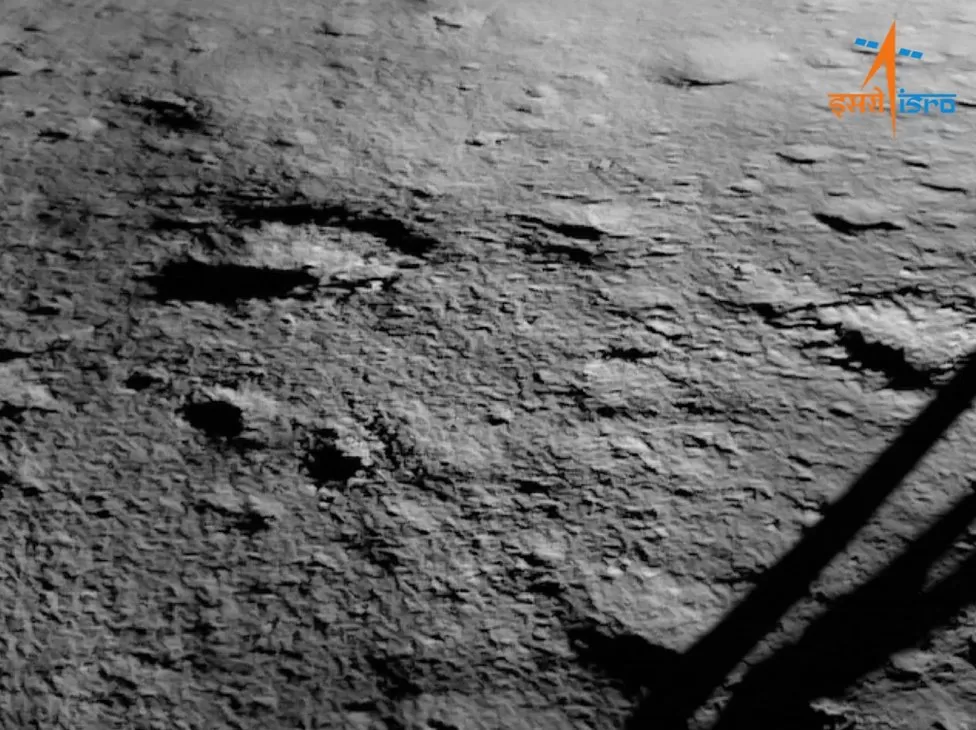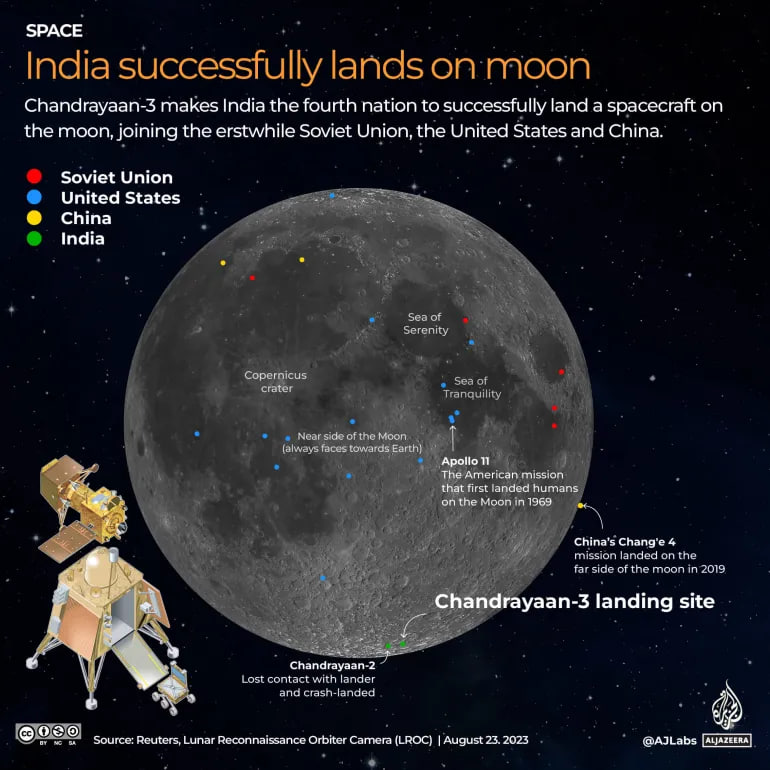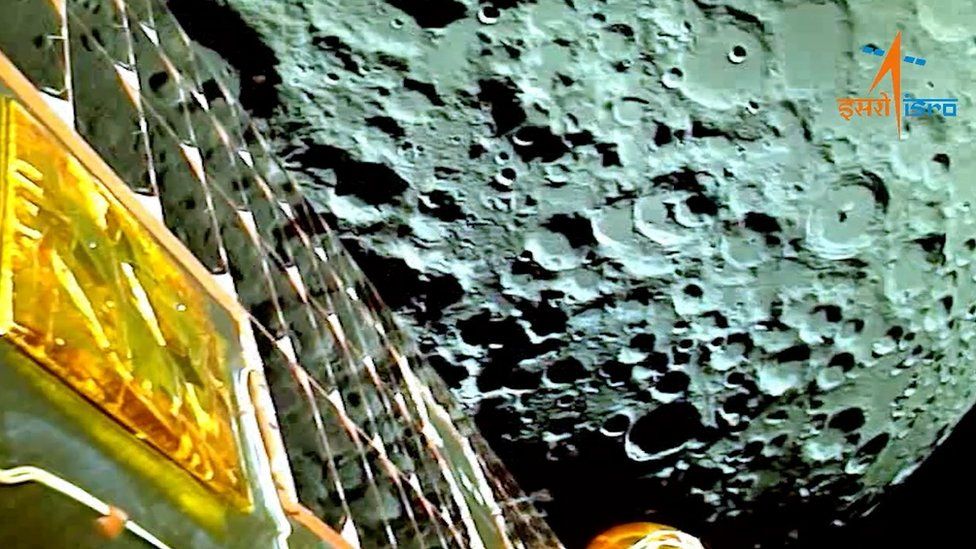India's lunar rover has taken its initial steps on the surface of the Moon, marking a significant achievement a day after the country made history by successfully landing near the Moon's South Pole. The space agency informs that the rover from the Chandrayaan-3 mission disembarked from the lander, symbolizing India's debut "walk on the Moon," BBC reports.

The Vikram lander's touchdown occurred as planned on the previous evening. This accomplishment propels India into an exclusive group of nations that have achieved a soft landing on the Moon, a list that includes the U.S., the former Soviet Union, and China.
Weighing 26kg, the rover, named Pragyaan (meaning "wisdom" in Sanskrit), was transported to the Moon within the Vikram lander. After settling the dust stirred up by the previous evening's landing, Vikram's panels opened to unveil a ramp, facilitating Pragyaan's descent to the lunar surface. The rover's mission is to explore the Moon's terrain, collecting vital data and images that will be sent back to Earth for analysis.
Pragyaan carries two scientific instruments designed to identify lunar surface minerals and analyze soil composition. Communication will occur solely between Pragyaan and the lander, which will then relay the data to the Chandrayaan-2 orbiter still in lunar orbit. From there, the information will be transmitted to Earth for evaluation.

ISRO has disclosed that the rover will move at a rate of 1cm per second, leaving the imprint of ISRO's logo and emblem on the Moon's surface with each step. The landing coincides with the onset of a lunar day, which is roughly equivalent to a little over four weeks on Earth. This ensures that the lander and rover will have 14 days of sunlight to recharge their batteries, followed by a period of inactivity during the lunar night.
While much remains uncertain about their reactivation during the next lunar day, the lander carries several scientific instruments aimed at investigating the Moon's surface, both above and below.
Chandrayaan-3's primary goal is to seek water, a vital resource for potential human habitation on the Moon. Scientists believe that the perpetually shadowed craters in the South Pole region might contain ice. Additionally, this ice could serve as a propellant source for spacecraft headed to destinations like Mars.

The historic landing was accompanied by celebrations throughout India, with Prime Minister Narendra Modi declaring that "India is now on the Moon" and that the nation has achieved a unique milestone. The event unfolded shortly after Russia's Luna-25 spacecraft encountered difficulty and crashed on the Moon.
The lunar South Pole's challenging landscape, characterized by uneven terrain and craters, was spotlighted by these events. India's earlier lunar mission in 2019, which aimed to soft-land in the same region, was met with failure as its lander and rover were lost. However, the orbiter persisted and continues to transmit images and data to Earth.
While India's achievements are significant, it is not alone in its lunar pursuits. Various countries are actively planning missions to the Moon, driven by a collective curiosity to better comprehend this celestial body, often dubbed a gateway to deeper space exploration.
Follow Daryo's official Instagram and Threads pages to keep up to date on world news.
Comments (0)